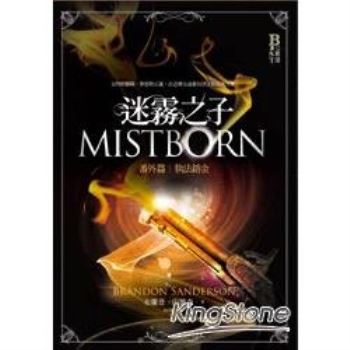Otto of the Silver Hand by Howard Pyle is a poignant and beautifully illustrated tale set in the turbulent era of medieval Germany. This historical novel, like much of Pyle’s work, combines his talents as a writer and illustrator to create a rich and immersive reading experience. The story explores themes of nobility, courage, and the struggle between violence and peace.
The novel follows the life of young Otto, the son of a fierce and brutal baron. Otto is raised in a monastery after his mother dies in childbirth, as his father is away fighting. The monks instill in him values of kindness, compassion, and peace, contrasting sharply with the violent world outside the monastery’s walls. Otto’s gentle nature is a central theme of the book, as it sets him apart from the harshness of his family’s feudal background.
Upon his father’s return, Otto is taken back to live in the family castle, where he must navigate the treacherous world of medieval politics and family rivalries. The title of the book refers to a significant event in Otto’s life, where he loses his hand and it is replaced with a silver one. This injury and its aftermath symbolize Otto’s struggle and the price of maintaining his principles in a brutal world.
Pyle’s portrayal of Otto is deeply empathetic, making him a relatable and endearing character. Despite the violence that surrounds him, Otto remains true to the values instilled in him by the monks. His character represents hope and the possibility of peace in a world dominated by conflict.
The novel is richly illustrated with Pyle’s own drawings, which add depth and visual interest to the story. These illustrations capture the essence of the medieval setting and the emotions of the characters, enhancing the reader’s engagement with the narrative.
Pyle’s writing is both accessible and lyrical, with a clear, descriptive style that brings the medieval world to life. His attention to historical detail is evident throughout the book, from the architecture and clothing to the customs and daily life of the period. This meticulousness provides a vivid backdrop for the story and immerses the reader in the time and place of Otto’s life.
Otto of the Silver Hand explores significant themes such as the clash between peace and violence, the impact of upbringing and environment on one’s character, and the idea of nobility not as a birthright but as a matter of personal integrity and moral courage. Otto’s journey is both a physical and spiritual one, as he learns to reconcile his peaceful nature with the harsh realities of his heritage.
The novel is suitable for readers of all ages, though its themes and moral lessons are particularly resonant for younger readers navigating their own paths in a complex world. It offers a powerful message about the importance of staying true to one’s principles and the impact one individual can have in promoting peace and kindness.
Otto of the Silver Hand is a timeless story that continues to resonate with readers through its compelling narrative and rich illustrations. It is a testament to Howard Pyle’s skill as both a storyteller and an artist, offering a moving exploration of a young boy’s struggle to find his place in a world marked by violence and conflict. Whether you are a fan of historical fiction or simply appreciate a well-told tale, this novel is a worthy addition to any reader’s collection.











